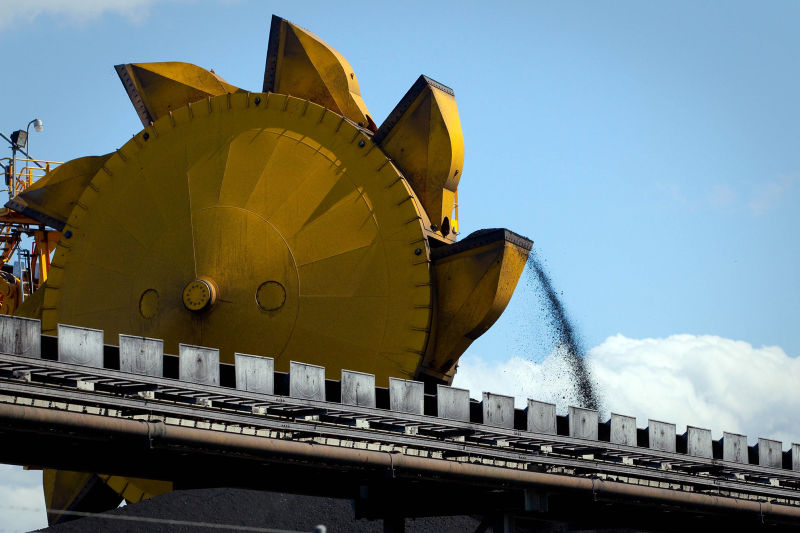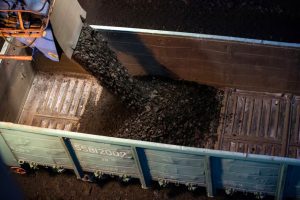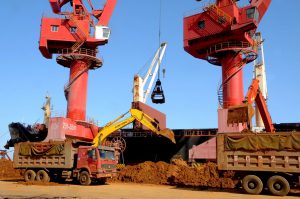Japan’s ambassador to Canberra has hit out at a sharp rise in royalties imposed by Queensland, one of the top coal-producing states in Australia.
In an unusually candid speech, Shingo Yamagami said his country would think twice about investing in Queensland due to its new windfall tax.
Shingo Yamagami said there was “great concern” about Queensland raising royalties without consulting the coal mining industry after a 10-year freeze.
“Make no mistake, this is a huge shock for Japanese companies,” Yamagami said in a speech at the University of Queensland on Wednesday.
Royalty On Coal In Queensland
The top rate was set at 40% for Australian coal over A$300 ($204) a tonne, far above royalty rates anywhere else.
“The future of the successful partnership between Japanese businesses and Queensland as a competitive investment destination could be at great risk,” Japan’s ambassador said.
Japanese firms Mitsui & Co, Mitsubishi and Idemitsu Kosan all have major Australian coal investments, especially in Queensland.
They are looking at new investments in minerals, hydrogen and renewables, which Yamagami said would require mutual trust with the state government.
“Some Japanese companies are already questioning whether Queensland will continue to be the safe and predictable place to invest that they had known for decades,” the envoy said.
- Reuters, with additional editing by George Russell
READ MORE:
Australia Expects 60% of Coal Power Output to Cease by 2030
India Cement Maker Pays For $26m Russian Coal Cargo in Yuan
Chinese Coal Groups Urge Production Boost to Avoid Outages























